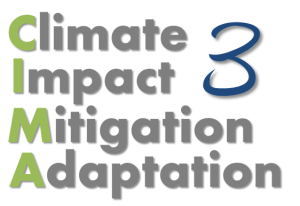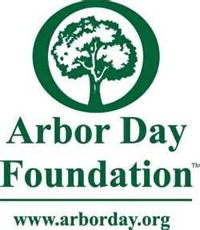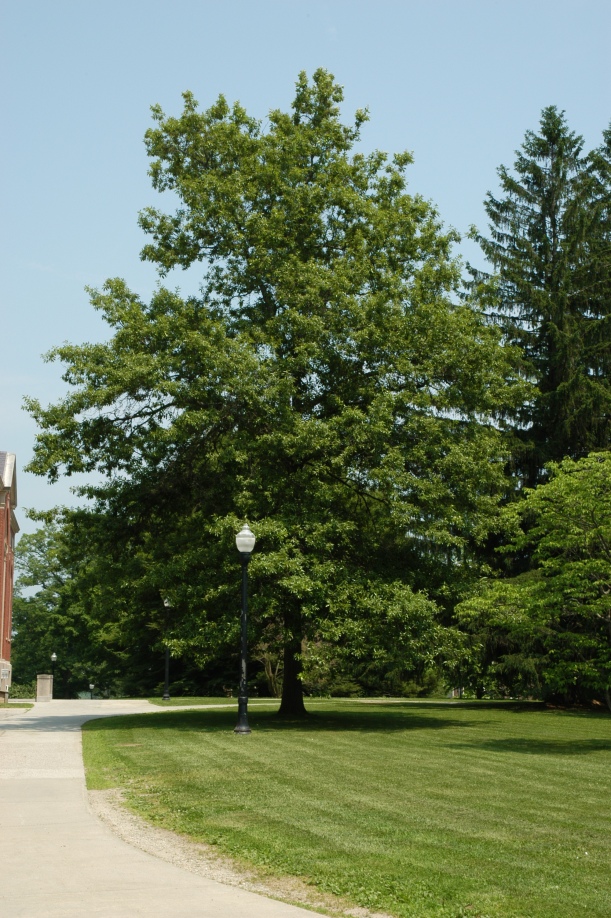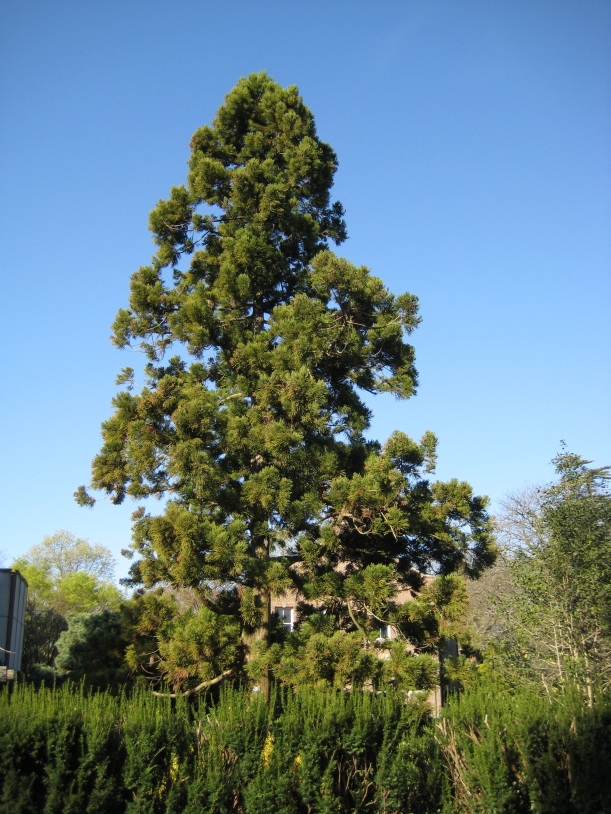On March 31st, we held the third annual Climate Impacts, Mitigation, and Adaptation conference, known as CIMA 3. Faculty, staff, and students from all over campus attended the event to discuss climate adaptation and impact. The event helped kick off a month of environmental programming, ending with Earth Day Spring Fling on April 22nd.
The event was headed by a keynote address from the EPA Administrator for Region 1, Curt Spalding. Mr. Spalding spoke about the challenges facing New England with regards to climate change, and specifically severe weather events and sea level rise.

He focused on what the region was doing as a whole, but also how some local governments in New England are working proactively to better adapt to climate change and its effects. Mr. Spalding also talked about the need to frame the issue of climate change for local policy makers in order to make adaptation more of a priority for the New England towns.
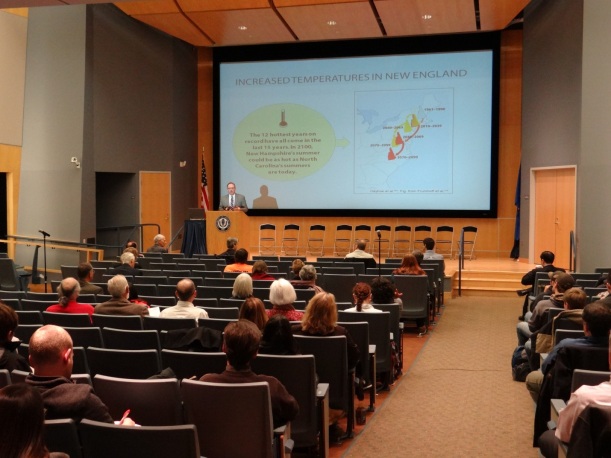
After the keynote, a panel of UConn faculty from a variety of disciplines presented on the wide reaching impacts of climate change. Each faculty member discussed climate change impact in the context of a specific system. Included in this discussion were impacts on water resources, agriculture, human health, biota, infrastructure, economics, and political systems.


After an audience question and answer session with the panel, there was a networking lunch and poster session for the attendees. The posters represented some of the climate-related initiatives and research at the University of Connecticut. The relaxed atmosphere of the poster exhibition and lunch provided a unique opportunity for faculty, staff, and students to not only talk about the issue of climate change as a whole, but also what is being done at UConn.

The final session of the day was a closing presentation from Eban Goodstein – Director and Faculty, Center for Environmental Policy and Sustainability MBA at Bard College (Organizer of Power Shift, Focus the Nation and 350.org). Mr. Goodstein talked on the immediacy of needed action on climate change. In this talk, he focused on the current generation of students and how their actions will be pivotal in influencing the course of climate change over the next fifty years.

Overall the event was well received by the attendees. It provided an excellent forum for discussion on what needs to happen regionally, globally, and at the University of Connecticut going forward to adapt and respond to global climate change.
